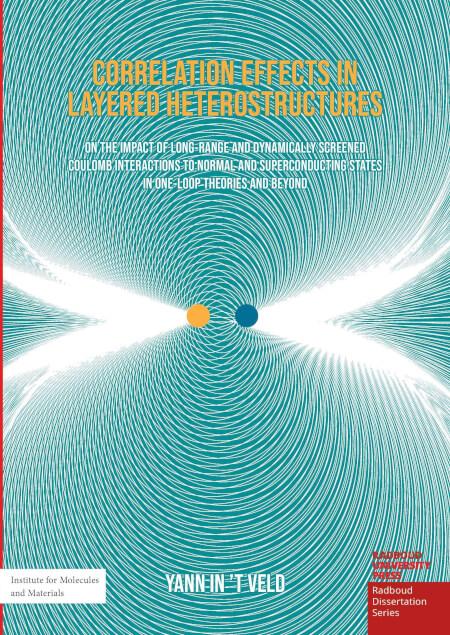Correlation Effects in Layered Heterostructures: On the Impact of Long-Range and Dynamically Screened Coulomb Interactions to Normal and Superconducting States in One-Loop Theories and Beyond
Keywords:
Layered Materials, Electron Correlations, Superconductivity, Screening, 2D Materials, Vertex CorrectionsSynopsis
As a result of their large surface-to-volume ratio, layered materials are generally much more sensitive to external stimuli compared to bulk systems. At the same time, the Coulomb interaction between electrons in layered materials can be particularly strong and is generically long-ranged, due to the reduced screening in atomically thin materials. The combination of these features paves the way for control over correlation effects induced by the Coulomb interaction, which would render microscopic material properties tunable from the outside.
To exploit these possibilities, we require a fundamental understanding of the physics that governs the properties of these systems. To this end, we theoretically study in this thesis the effect of the long-range 2D Coulomb interaction, as well as screening to it, on the electronic structure and the superconducting properties of layered van-der-Waals heterostructures. By developing and applying methods that go beyond state-of-the-art, we show that dynamical screening can induce novel interlayer electronic excitations, as well as introduce additional superconducting pairing mechanisms. Moreover, these effects are found to be highly sensitive to screening from the environment, yielding efficient tuning knobs for spectral functions and superconducting critical temperatures. The results in this thesis show that a careful consideration of all screening channels is crucial for a reliable description of layered materials and simultaneously opens up various avenues towards controllable microscopic material properties.

Published
Series
Categories
License

This work is licensed under a Creative Commons Attribution-NonCommercial-NoDerivatives 4.0 International License.

